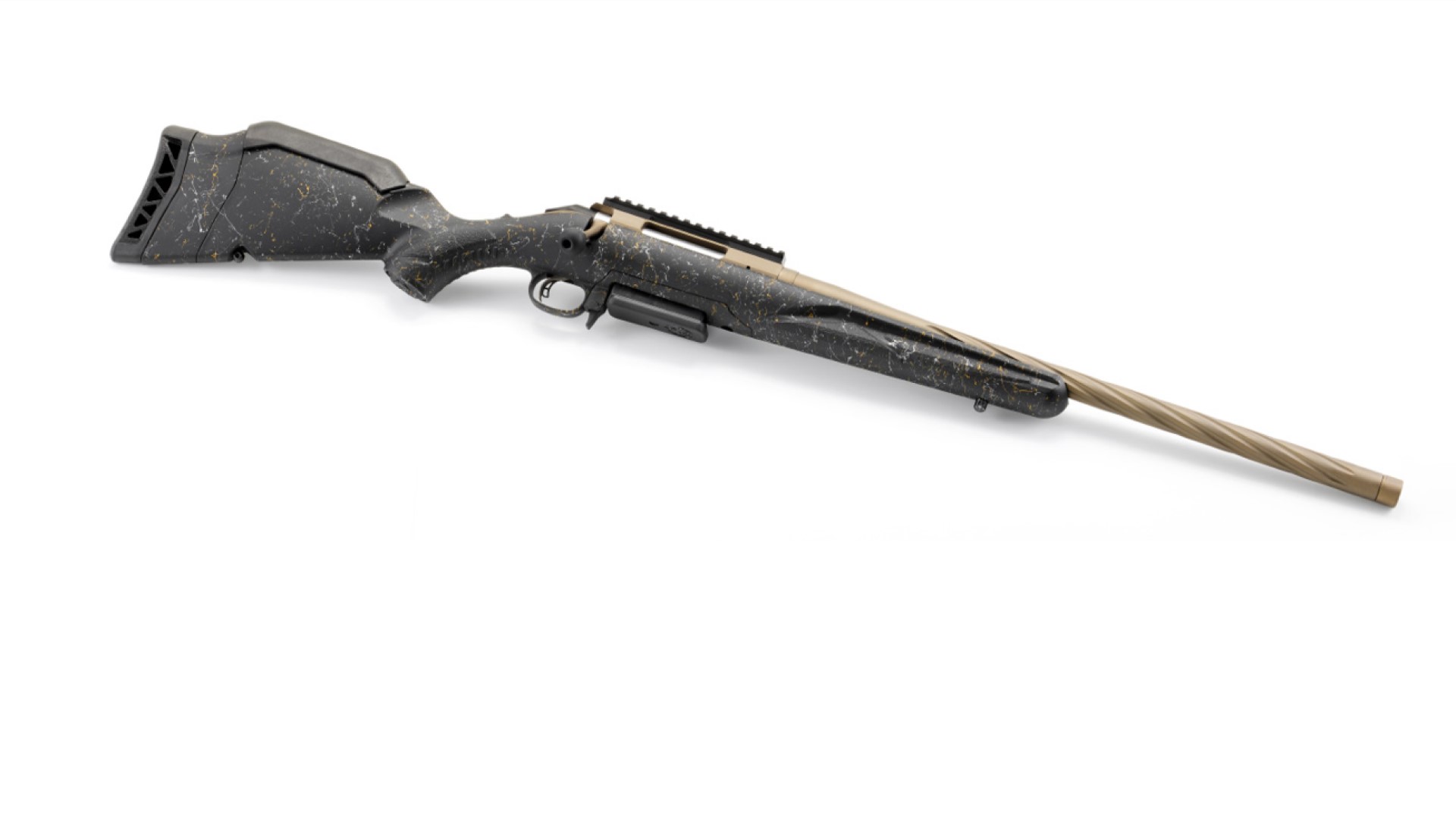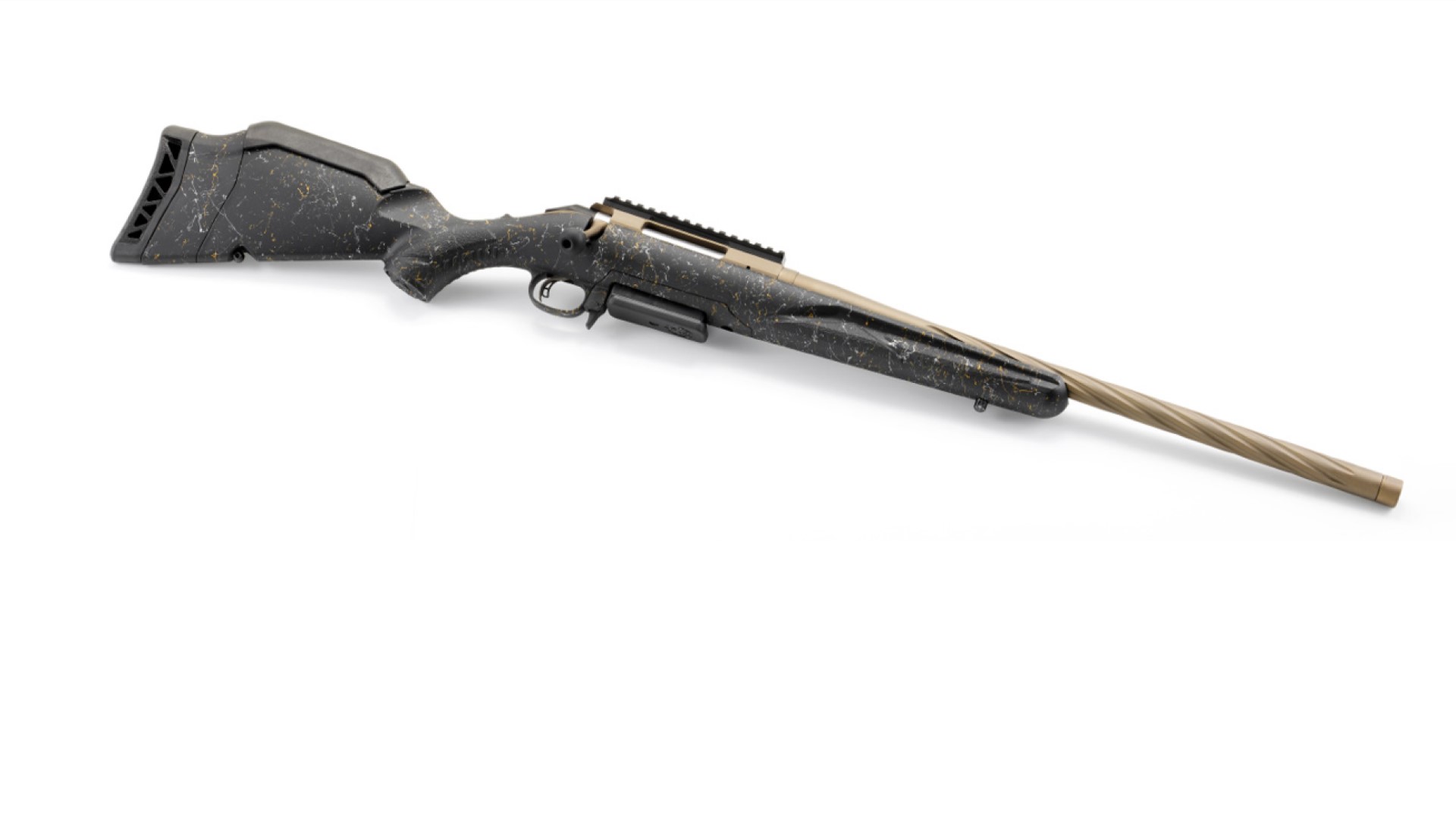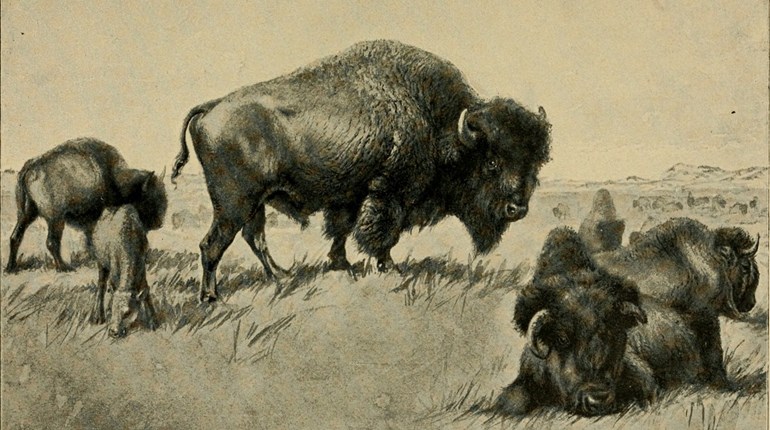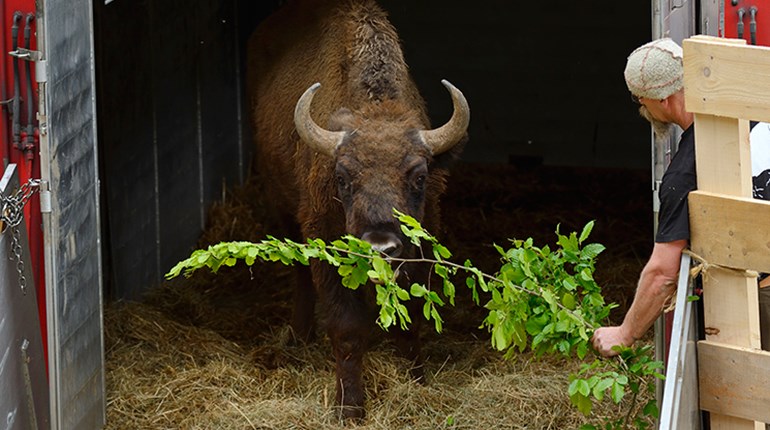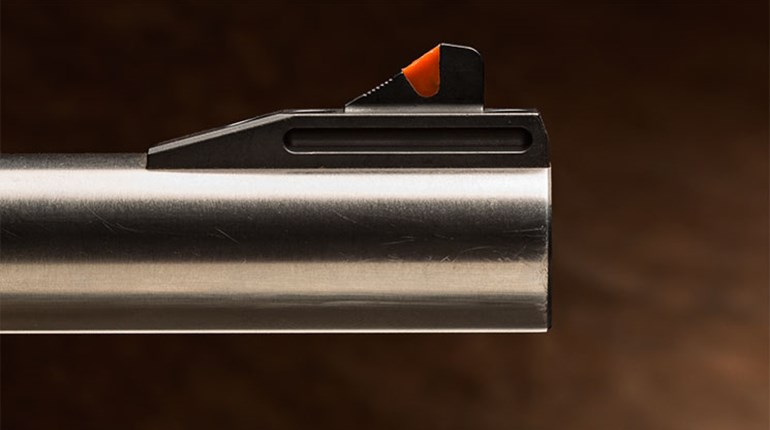
Long ago, the American bison roamed the continent of North America in great numbers. Considered the heaviest and largest land mammal, an adult bison may weigh up to 2,000 pounds and stand over 6 feet tall. Its most distinctive features are the large hump on its back and its sharply curved horns.
The American bison is a member of the bovine family, and is closely related to domestic cattle. It should not be confused with the buffalo of Asia and Africa, though bison and buffalo share similar characteristics. Much like cattle, bison are ruminants, meaning that their stomachs consists of four compartments. Bison use each compartment to digest portions of their food. The bison’s diet consists mostly of grasses, and it doesn’t chew. The bison wraps its tongue around a tuft of grass, then pinches it off with its lower teeth and tongue.
The Native Americans of the Plains used every part of the bison. The bison meat provided nutrition, and its droppings were used as fuel. The bison’s hides were used for shelter and housing, such as teepees. The thick wooly hides were made into warm clothing and blankets for the winter. The bison’s bones were whittled into tools, and the organs were used as containers and bags for storing dried bison meat. Because every part of the bison was used, the animal was considered a “walking department store.”
FAST FACTS
- By the year 1900, the population of the American bison had dwindled from an estimated 60 million down to 500 animals. Conservation efforts have brought the bison’s numbers back up and saved it from extinction.
- Two subspecies of bison exist on the North American continent: The Plains bison lives in southern Canada and the U.S., and the Wood bison lives in northern parts of Canada.
- Bison meat tastes very much like beef, but is leaner and more nutritious. Ground bison meat may be found in specialty grocery stores.











